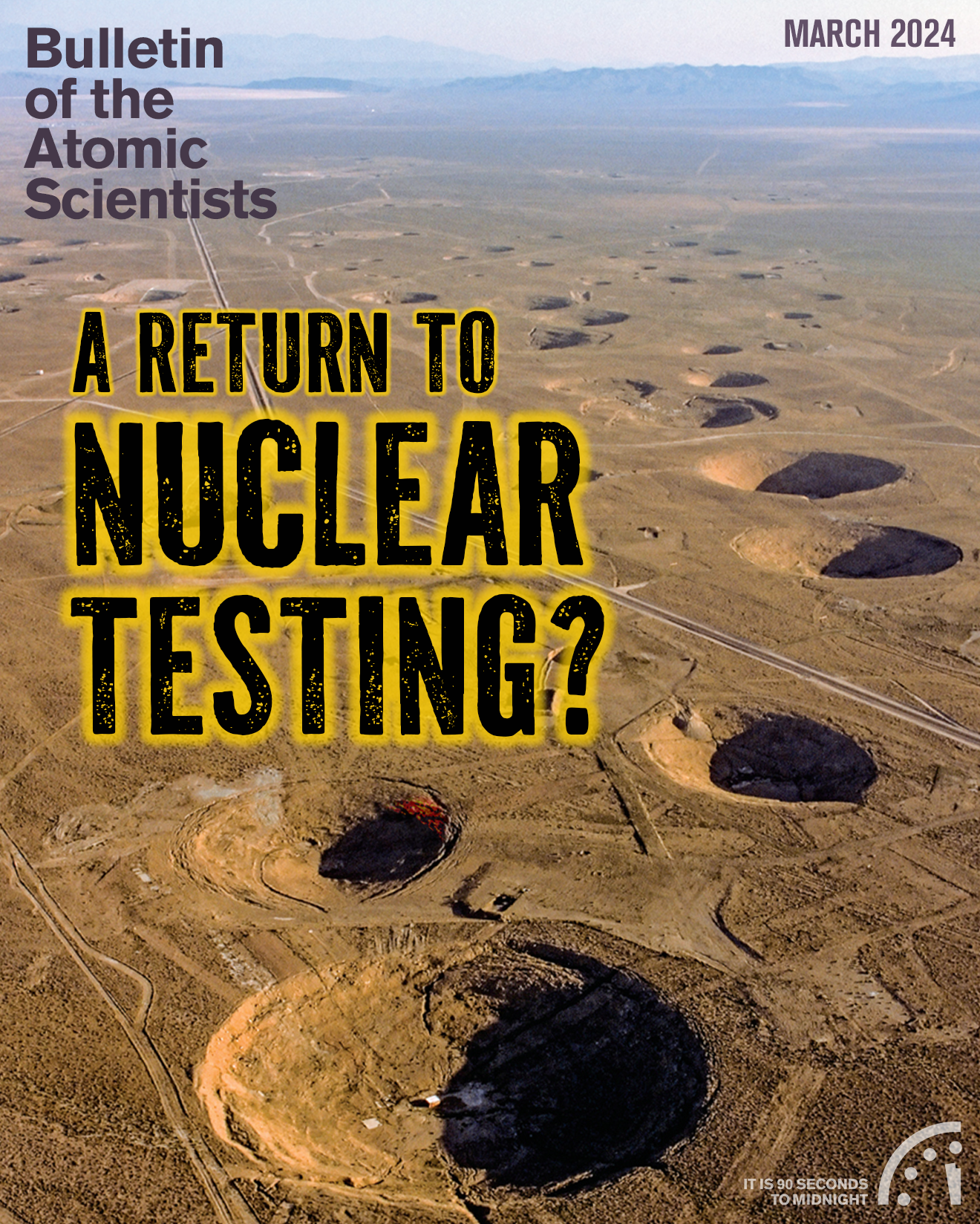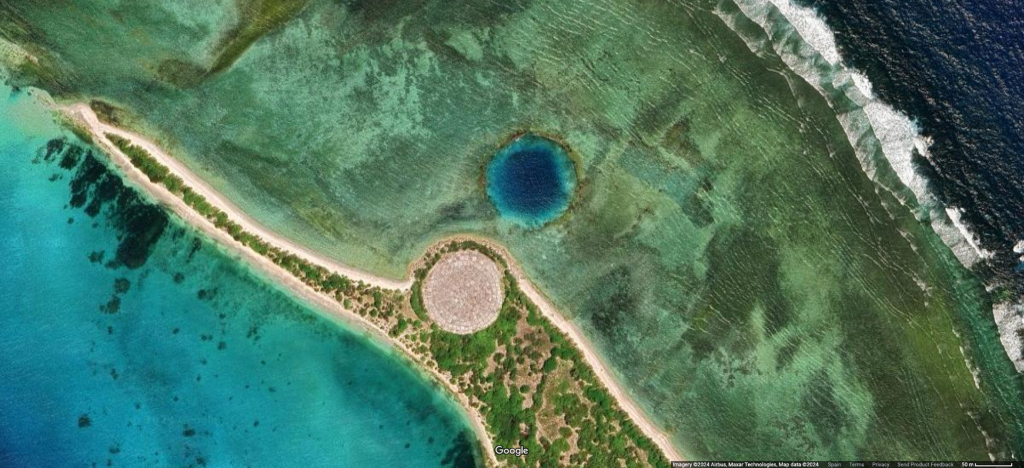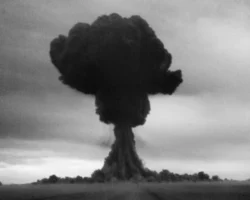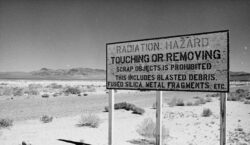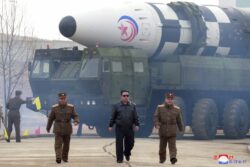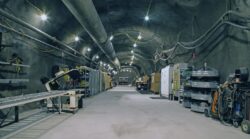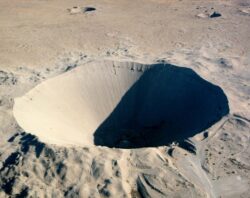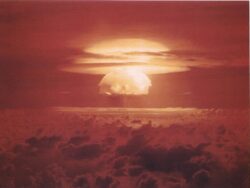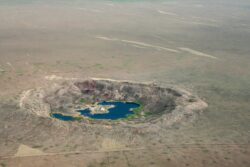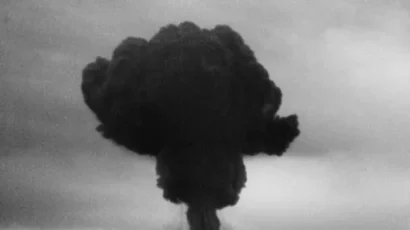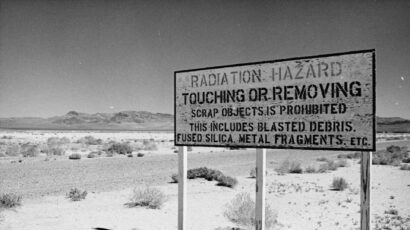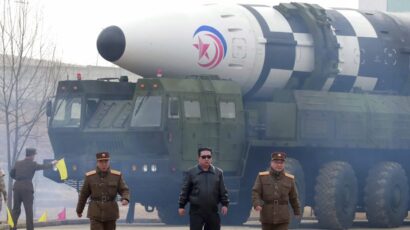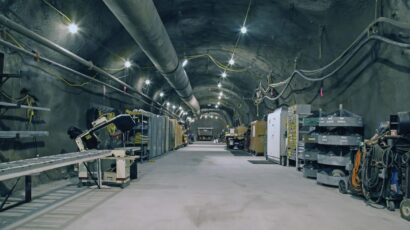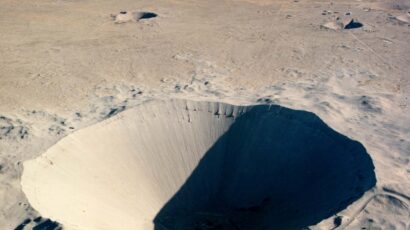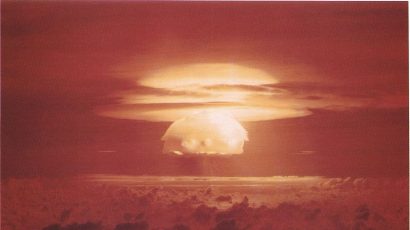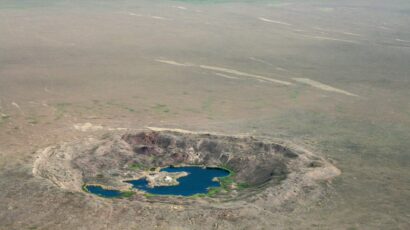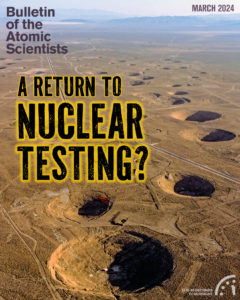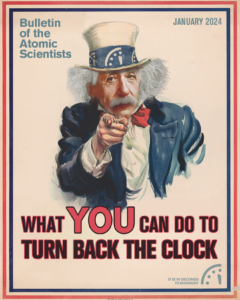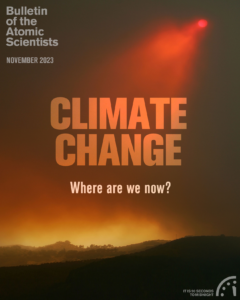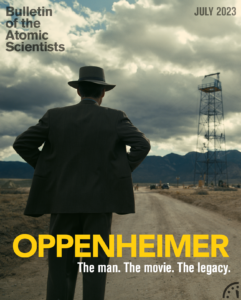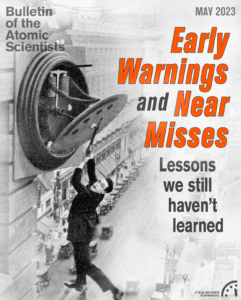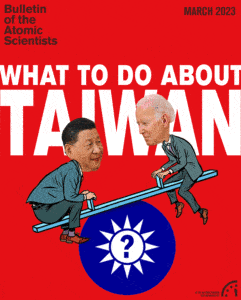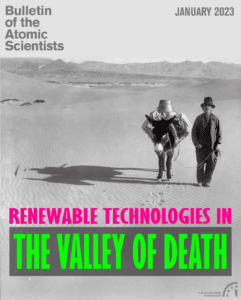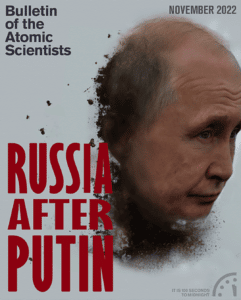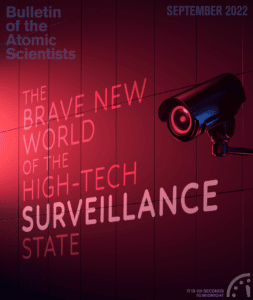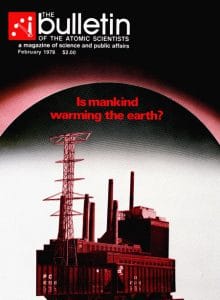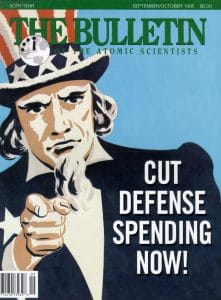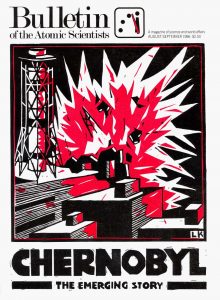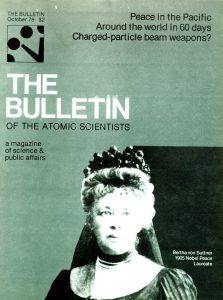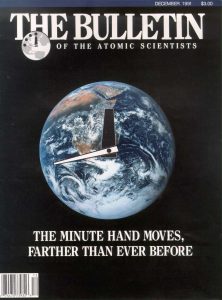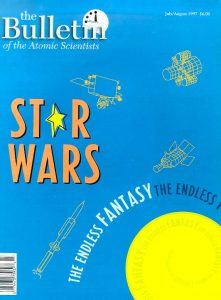DIGITAL MAGAZINE
March 2024
DIGITAL MAGAZINE
March 2024
A view of the Nevada Test Site at Yucca Flat. Photo by Karen Kasmauski.
Introduction: Nuclear testing in the 21st century—legacies, tensions, and risks
Preserving the nuclear test ban after Russia revoked its CTBT ratification
The logic for US ratification of the Comprehensive Nuclear Test Ban Treaty
To do or not to do: Pyongyang’s seventh nuclear test calculations
New confidence-building measures can reduce tensions around subcritical tests
Environmental impacts of underground nuclear weapons testing
The horrors of nuclear weapons testing
Russian nuclear weapons, 2024
Preserving the nuclear test ban after Russia revoked its CTBT ratification
The logic for US ratification of the Comprehensive Nuclear Test Ban Treaty
To do or not to do: Pyongyang’s seventh nuclear test calculations
New confidence-building measures can reduce tensions around subcritical tests
Environmental impacts of underground nuclear weapons testing
The horrors of nuclear weapons testing
Russian nuclear weapons, 2024
A view of the Nevada Test Site at Yucca Flat. Photo by Karen Kasmauski.
Subscribe now
We've relaunched the Bulletin's award-winning digital magazine. Get premium access for less than $5 a month.
Magazine archive
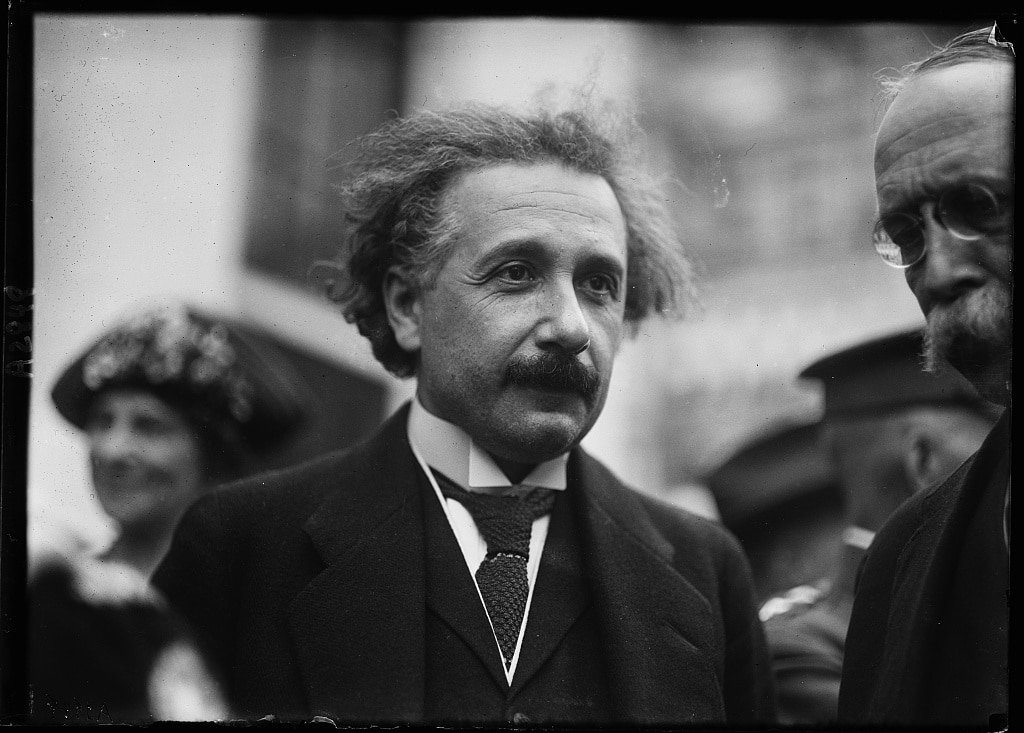
Premium subscribers can read the complete Bulletin of the Atomic Scientists’ archive, which contains every article published since our founding in 1945.
This archive was created in honor of John A. Simpson, one of the Bulletin’s principal founders and a longtime member of its Board of Sponsors. This searchable archive provides exclusive online access to original interviews and commentary by luminaries like Albert Einstein, J. Robert Oppenheimer, Ruth Adams, John F. Kennedy, Stephen Hawking, Christine Todd Whitman, US Secretary of Defense William J. Perry, and multiple Nobel laureates.
